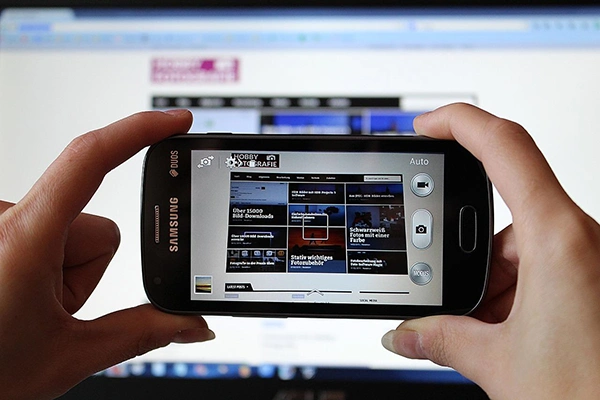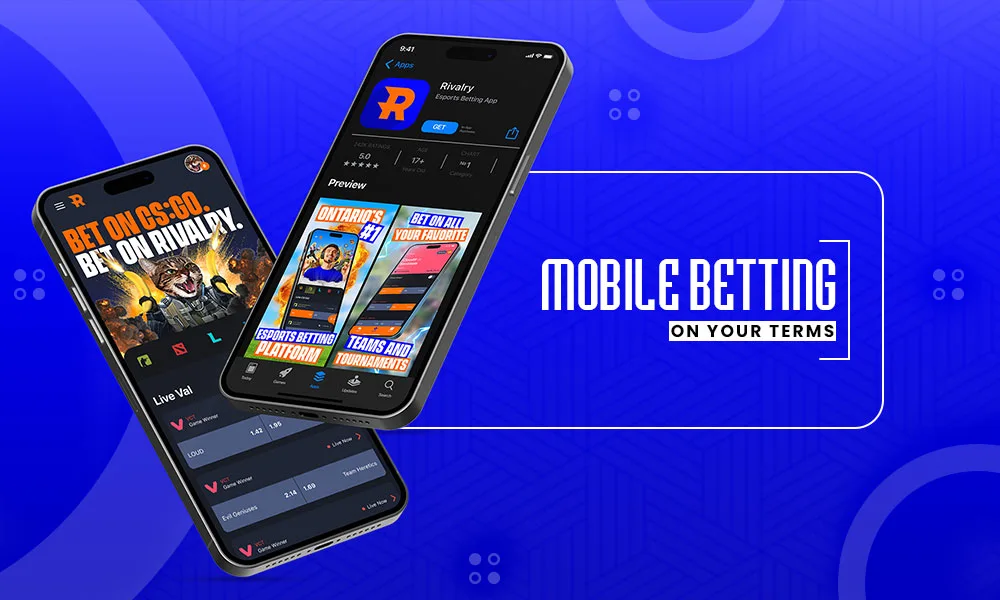
As an internet user, whenever I visit any site, I expect it to be user-friendly and engaging so that I don’t get bored with its design and leave. I look for a refined website design and to-the-point information that I’m looking for, and it is reasonable, right?
According to a case study that analyzed 35 studies, there are a total of 20 elements that play a key role in the success of any website design. It includes ease of navigation, clarity of website purpose, graphical representation quality, and sixteen more points (“A Literature Review: Website Design and User Engagement” 2016.)
But are these innovations doing any good for website design? The simple answer is yes, and in this article, I’ll tell you what innovative technologies are redefining website design. So, stay with me till the end. Also, learn about A Step-by-Step Guide to Website Design by reading this article.
AI-Powered Web Design Tools
Since AI-powered tools have been making things easier for every other field, it has done the same for website design. AI-powered site builders like Bookmark or Wix ADI can create any type of site.
You have to add proper input, and it will suggest designs based on what have you entered, this results in faster and customized site development.
DID YOU KNOW?
The global web developer market was valued at $65.35 billion!
Responsive Design and Mobile-First Development
Responsive designs and mobile-first development both are being used now. The mobile-first development is those designs that are specially created for a mobile interface, on the other hand, responsive design will adapt to any dynamic phone, laptop, tablet, etc.
Earlier mobile-first development was being more given since people used their phones more, but now responsive design takes care of all the devices and needs so they are also making their way up.
No-Code and Low-Code Development Platforms
Earlier coding used to play an important role in website creation but now no-code or low-code development forms like Bubble, Webflow, and Wix don’t require much to no coding.
So even if a person has no experience in website design can also create a fully functional site and run it on the internet. I’m adding a graph here so that you can also know all the main reasons why users leave the site.

Logo Design Technology
For me creating a logo is such a hectic task, and it consumes a lot of my time, but I didn’t know before that there are several sites where all you have to do is enter what type of design you want and wait a few seconds or minuted and there you have it.
You can get any type of logo from such innovative sites from a gym icon to a custom healthcare logo design, anything is possible you just have to enter what you want.
Progressive Web Apps (PWAs)

If you don’t know what is Progressive Web Apps, then allow me to explain. But first, you should know about Platform Specific App. These are the apps that are created to run on any one type of platform.
Progressive Web Apps are created with web platform technology, so even though they can work on other platforms, they give the feel of a platform-specific app.
For example, if you use the Starbucks app on your mobile and then switch to its site you’ll be met with the same user experience, but this doesn’t go the same with Instagram or Facebook.
Voice Search Optimization and Accessibility
Voice search optimization is getting increasingly popular daily. Popular Voice User Integration(VUIs) assistants like Alexa and Siri are making things easier for us as we can just command anything, and they’ll do that for us. From turning on the lights to placing an order online, they’ll do it all.
Sites are also becoming voice-optimized and are introducing VUIs to their program, making the site more accessible and optimized. Users also like such features a lot and this results in making new customers and visitors who will come back again.
These are a few of the many innovations that are redefining the website designs and near future we will see more such things that will help it grow even further.




